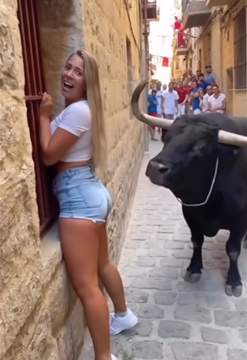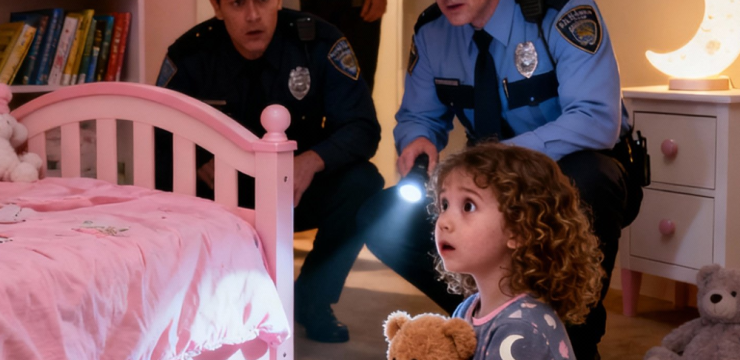Have you ever noticed a roaring wood fire crackling in the background of a scene, even when everyone seems to be dressed for mild or warm weather? It’s an interesting contrast that can feel a bit out of place at first glance. Why would anyone light a fire when the weather doesn’t seem to call for it? As it turns out, there are several valid reasons why fires appear in seemingly unseasonable contexts.
Let’s break down the possible explanations and uncover the hidden meanings behind these visual contradictions.

1. Aesthetic Ambiance Over Practical Warmth
One of the most common reasons for fires in warmer settings is their aesthetic appeal. A flickering fire creates a cozy, inviting atmosphere that’s hard to replicate with any other element. The golden glow, soft crackle, and warm visual tones naturally draw people in, making fires a popular choice for outdoor dining spaces, patios, or even beach gatherings.
- It’s about the vibe: Sometimes, the fire isn’t about warmth at all—it’s about setting a mood.
- Visual appeal in photos and videos: Fires add a sense of intimacy, nostalgia, and even luxury to a scene, whether it’s in a commercial, a movie, or a casual snapshot.
In short, sometimes a fire is there not to heat the space but to “warm up” the mood.
2. Fires as Part of Cultural Traditions
In many cultures, fires hold significant symbolic or traditional value. From bonfire festivals to family gatherings around an open flame, fire has long been a centerpiece for celebration and connection.
- Summer Bonfires: Think of beach bonfires or summer night gatherings—they’re less about keeping warm and more about creating a communal space.
- Symbolism: In cultural or spiritual events, fire often represents purity, renewal, or connection with nature.
The weather might be irrelevant when the fire serves a cultural or symbolic purpose.
3. Evening Chill in Mild Climates
Even in places with generally warm weather, evening temperatures can dip enough to make a fire feel pleasant. This is especially true in open or breezy outdoor spaces like patios, terraces, or campsites.
- Day vs. Night Temperature Swings: In spring or autumn, days might be comfortably warm, but nights can get quite cool.
- Outdoor Settings: Breezes in open spaces can make temperatures feel cooler, and a fire becomes more about comfort than necessity.
In these scenarios, the fire offers both a practical and aesthetic benefit.
4. Seasonal Transitions and Unpredictable Weather
Weather can often be unpredictable during seasonal transitions. Spring and fall, in particular, are known for their temperature swings. A warm afternoon might lead into a chilly evening, catching people off guard.
- Prepared for the Unexpected: Fires in these situations act as a backup plan, ready to provide warmth if temperatures drop suddenly.
- Comfort in Uncertainty: Sometimes, a fire is just there “in case” the evening gets colder than expected.
Even if everyone looks perfectly comfortable in short sleeves, the fire might be a practical precaution.
5. Fires in Staged or Filmed Settings
When you see a fire in the background of a movie, commercial, or professional photo shoot, it’s often there for symbolic or aesthetic reasons rather than practical ones.
- Visual Storytelling: Fires can symbolize warmth, romance, mystery, or even danger.
- Scene Composition: They add visual interest, creating depth and texture in photos or videos.
Directors, photographers, and set designers know that fire captures attention and sets a tone—regardless of the weather.
6. Sometimes, Appearances Can Be Deceiving
At the end of the day, what we see in an image or a video doesn’t always tell the full story. A fire might look out of place because we’re missing crucial context. Maybe:
- The fire was lit earlier when it was colder.
- The setting was intentionally designed to create a specific mood.
- Practical needs (like drying something or cooking) required a fire, even in warmer weather.
It’s a gentle reminder that what we see isn’t always the full picture—and that’s part of what makes these observations so intriguing.
The Takeaway: Fire Isn’t Always About Warmth
Whether it’s about creating ambiance, honoring traditions, or simply dealing with fluctuating temperatures, fires in unexpected settings often serve a purpose beyond just generating heat. Sometimes, they’re about comfort. Other times, they’re about storytelling. And occasionally, they’re just about adding a touch of magic to an otherwise ordinary scene.
So the next time you spot a fire crackling away in what seems like warm weather, take a moment to appreciate the layers of meaning it might hold. There’s almost always more to the story than meets the eye.





